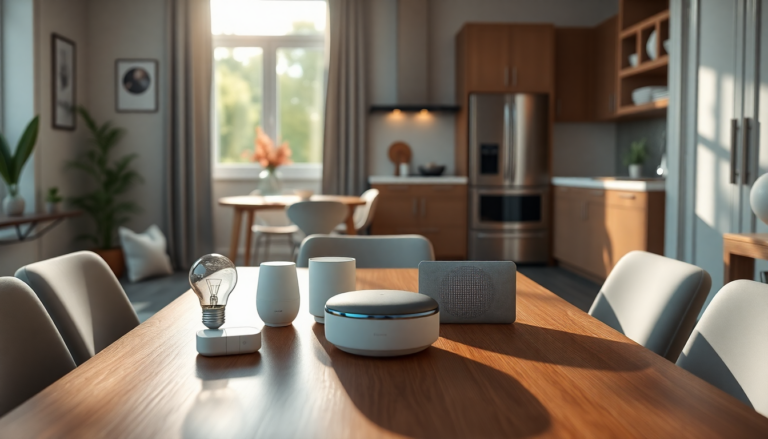Argomenti trattati
Imagine a world where your smart devices communicate effortlessly, adapting to your needs without constant input. That’s the vision Hisense is pushing forward with its latest announcement. Despite Google’s lukewarm reception of smart home technology at their recent I/O developers conference, Hisense is ready to leap ahead, integrating new Google Home APIs into its ConnectLife app. This move aims to connect a broader range of third-party smart home devices into one cohesive ecosystem.
The vision behind ConnectLife’s expansion
Hisense initially revealed plans to open the ConnectLife app to third-party products back in December 2024. However, it wasn’t until now that they confirmed the integration of Google Home APIs, which is set to roll out by the fall of 2025. This means users will soon be able to onboard an impressive variety of third-party smart devices—including those certified by Matter and Works With Google Home. It’s a game changer for anyone eager to create a more unified smart home experience.
It’s not just about adding devices, though. Hisense is looking to enhance functionality significantly. For example, users can expect features like one-touch modes and customized automations. Imagine your air conditioner adjusting its settings automatically based on readings from a third-party air quality sensor. Or picture your smart lights flashing a gentle reminder when your Hisense refrigerator’s VersaTemp drawer reaches the optimal temperature for cooling that much-needed beverage. It’s like having a personal assistant for your home!
Hisense’s commitment to smart living
“At Hisense, we are committed to simplifying smart living for everyone,” stated Miguel Becerra, the Director of Smart Home Experiences for Hisense in the Americas. This philosophy is evident in their approach to the ConnectLife app, which aims to create seamless experiences that enhance everyday convenience and enjoyment for consumers. The integration of Google Home APIs is not merely a technical upgrade; it embodies Hisense’s vision of making technology work for people, rather than the other way around.
It’s worth noting that the new version of the ConnectLife app will be available this fall on both Android and iOS platforms. This means more users will be able to leverage these advancements sooner rather than later.
What’s in a name? The quiet rollout of Google Home APIs
Interestingly, the new Google Home APIs were announced quietly on May 15, just before the buzzing atmosphere of Google I/O. However, they didn’t make the cut on the list of “100 things we announced at I/O” published shortly after the conference. This absence raises questions about how serious Google is about the smart home landscape. Could it be that the tech giant is opting for a more conservative approach, or are they simply waiting for the right moment to make a stronger push?
The contrast between Google’s cautious stance and Hisense’s ambitious plans is striking. While Google seems to be treading lightly, Hisense is diving headfirst into the deep end, ready to embrace the future of smart homes. As many know, the smart home market is rapidly evolving, and companies that fail to innovate risk being left behind.
As a tech enthusiast myself, I can’t help but feel a bit excited about these developments. I remember when I first set up my smart home back in the day—it was a patchwork of different systems and devices that barely communicated with one another. The promise of seamless integration felt like a distant dream. But now, with companies like Hisense leading the charge, that dream is becoming a reality.
The future of smart homes
Looking ahead, it’s clear that the competition in the smart home space is heating up. With advancements like the integration of Google Home APIs into the ConnectLife app, consumers can expect a richer, more cohesive experience. This isn’t just about convenience; it’s about reimagining how we interact with our living spaces. The possibilities are endless, and I can’t help but wonder what innovations are just around the corner.
In summary, while Google may have shifted its focus away from the smart home at I/O, Hisense is more than ready to fill that void. Their commitment to integration and user experience is a testament to the future of smart living. As we move closer to 2025, we can only hope that more companies will follow suit, breaking down the barriers between devices and creating a truly interconnected home environment.

